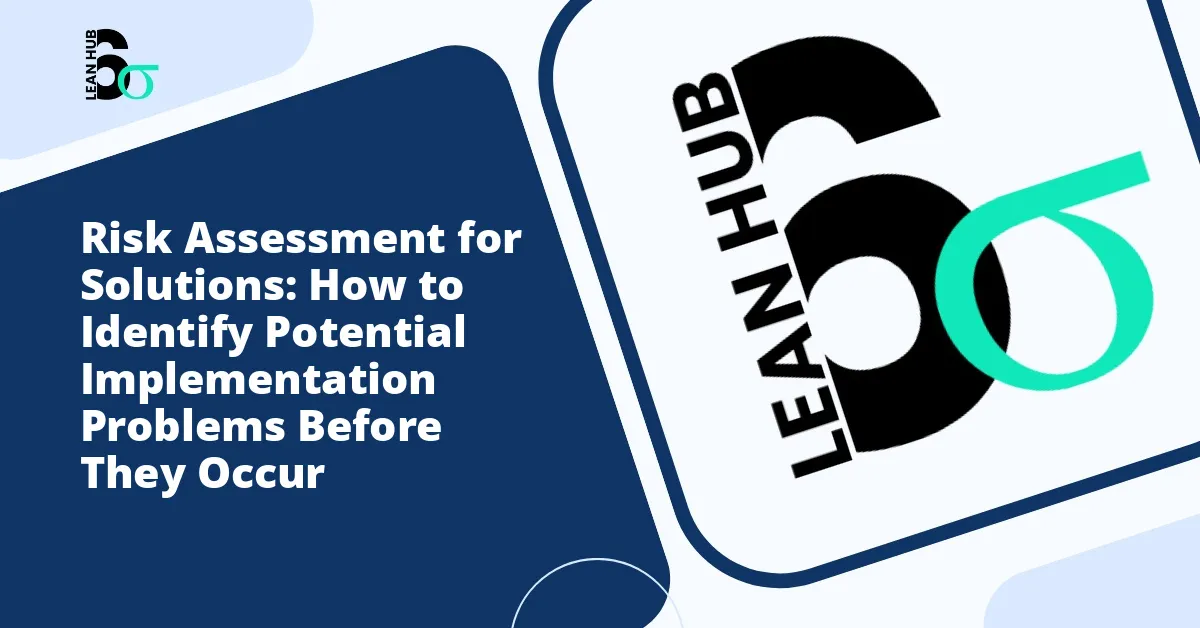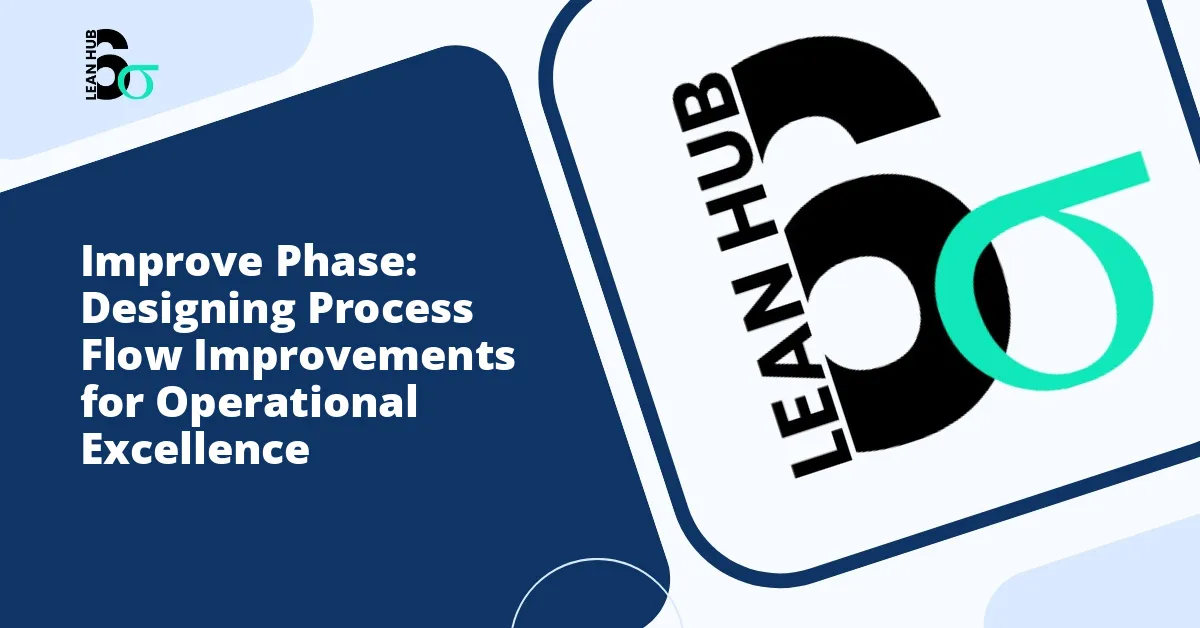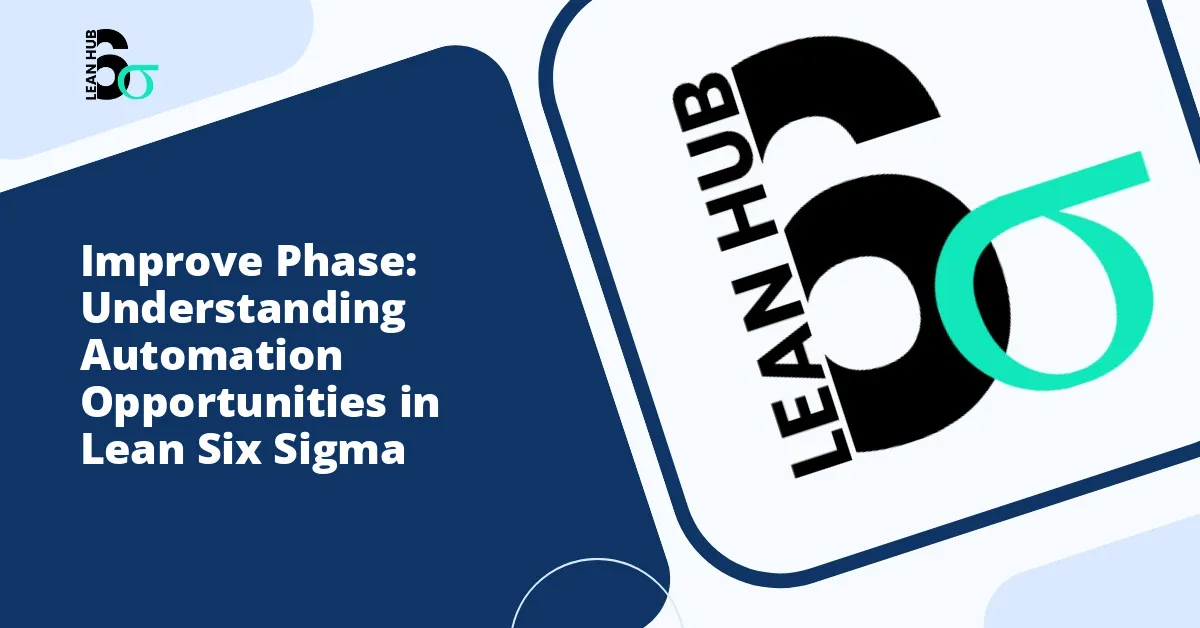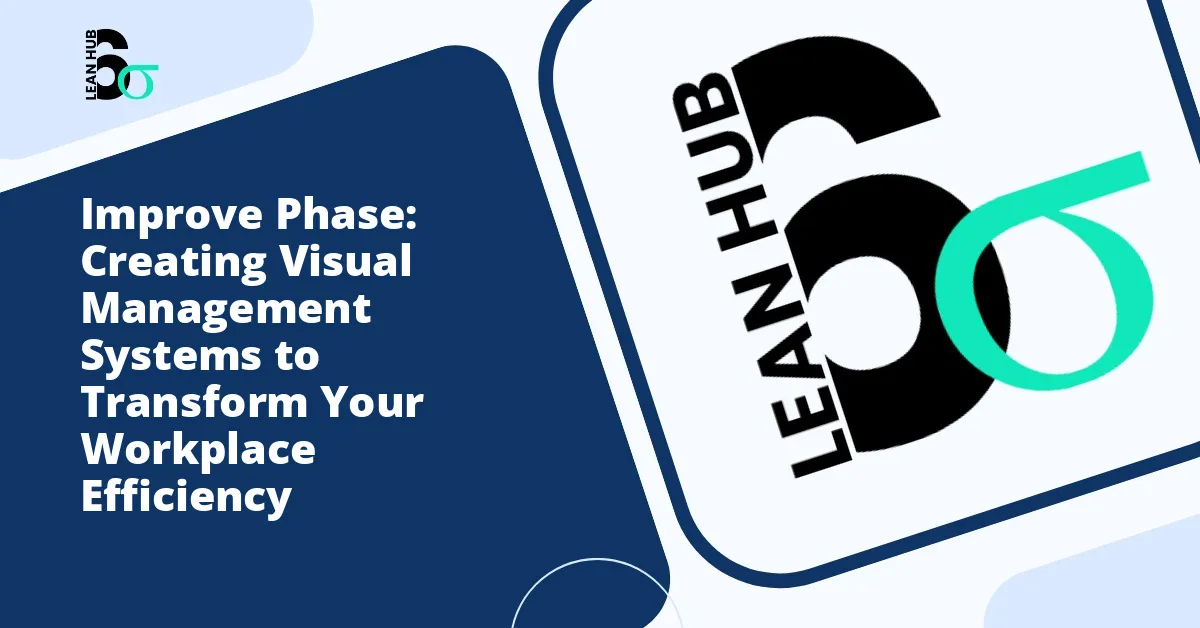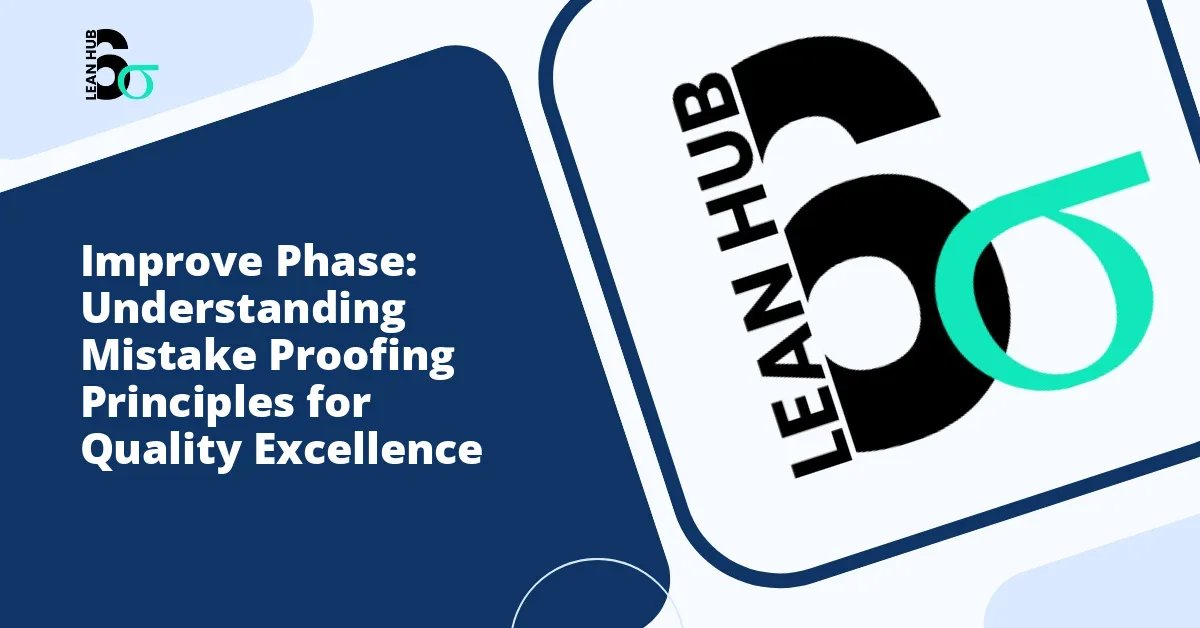Implementing new solutions in any organization carries inherent risks that can derail even the most well-planned projects. Understanding how to conduct thorough risk assessments before rolling out solutions is critical for success, regardless of whether you are working in manufacturing, healthcare, technology, or service industries. This comprehensive guide will explore the essential components of risk assessment for solution implementation and provide practical strategies to identify potential problems before they impact your organization.
Understanding Risk Assessment in Solution Implementation
Risk assessment is the systematic process of evaluating potential issues that could negatively affect the implementation of proposed solutions. This proactive approach enables organizations to anticipate challenges, develop mitigation strategies, and increase the likelihood of successful outcomes. By identifying risks early in the process, teams can allocate resources more effectively and make informed decisions about whether to proceed with, modify, or abandon proposed solutions. You might also enjoy reading about Mistake-Proofing vs. Inspection: Why Prevention Beats Detection in Quality Management.
The importance of risk assessment cannot be overstated. According to various industry studies, a significant percentage of organizational change initiatives fail due to inadequate planning and risk evaluation. When teams skip or rush through the risk assessment phase, they expose their projects to preventable failures that waste time, money, and organizational goodwill. You might also enjoy reading about Cross-Training Implementation: Building Flexibility in Your Workforce Through Strategic Development.
The Role of Risk Assessment in Lean Six Sigma Methodology
Within the lean six sigma framework, risk assessment plays a vital role throughout the DMAIC process (Define, Measure, Analyze, Improve, Control). While risk considerations appear in multiple phases, they become particularly crucial during the Improve phase when organizations prepare to implement solutions. However, forward-thinking practitioners also emphasize risk evaluation during the recognize phase, where teams first identify opportunities for improvement. You might also enjoy reading about Lean Six Sigma Improve Phase: The Complete Guide for 2025.
During the recognize phase, teams work to understand the current state of operations and identify areas where improvements can deliver meaningful value. By incorporating risk assessment from this earliest stage, organizations establish a foundation for realistic expectations and sustainable solutions. This early-stage risk awareness helps teams prioritize improvement opportunities based not only on potential benefits but also on implementation feasibility.
Common Categories of Implementation Risks
Implementation risks typically fall into several distinct categories, each requiring different assessment approaches and mitigation strategies:
Technical Risks
Technical risks relate to the practical aspects of implementing a solution. These include compatibility issues with existing systems, inadequate infrastructure, technology limitations, and integration challenges. For example, a new software solution might not interface properly with legacy systems, creating data silos or workflow disruptions. Technical risks also encompass concerns about solution scalability, reliability, and performance under real-world conditions.
Human and Organizational Risks
Perhaps the most frequently underestimated category, human and organizational risks involve how people will respond to and interact with new solutions. Resistance to change, insufficient training, inadequate communication, and cultural misalignment can all undermine implementation efforts. These risks become particularly pronounced when solutions require significant behavioral changes or shift power dynamics within the organization.
Financial Risks
Financial risks encompass budget overruns, unexpected costs, resource allocation challenges, and inadequate return on investment. Solutions that appear cost-effective during initial planning may reveal hidden expenses during implementation, such as extended training requirements, additional hardware needs, or consultant fees. Organizations must also consider opportunity costs and the financial impact of potential implementation delays.
Operational Risks
Operational risks involve disruptions to daily business activities during and after implementation. These include productivity losses during transition periods, service interruptions, quality issues, and supply chain disruptions. A solution that looks perfect in theory might create bottlenecks or inefficiencies when applied to actual workflows.
Compliance and Legal Risks
Depending on your industry, proposed solutions may carry regulatory, legal, or compliance implications. Data privacy concerns, industry-specific regulations, contractual obligations, and liability issues all fall into this category. Failing to identify these risks early can result in expensive legal challenges or regulatory penalties.
Structured Approaches to Risk Identification
Effective risk assessment requires systematic approaches that draw on multiple perspectives and information sources. The following methods have proven valuable across various industries and project types:
Stakeholder Analysis and Interviews
Engaging with stakeholders who will be affected by the solution provides invaluable insights into potential implementation challenges. These conversations should include not only senior leadership but also frontline employees, customers, suppliers, and any other parties who will interact with or be impacted by the solution. Each stakeholder group brings unique perspectives on potential risks that might not be apparent to the project team.
Process Mapping and Simulation
Creating detailed maps of how solutions will integrate into existing processes helps identify potential friction points and dependencies. Some organizations take this further by conducting simulations or pilot programs that reveal practical implementation challenges in controlled environments. This approach aligns closely with lean six sigma principles, which emphasize data-driven decision making and process understanding.
Historical Analysis
Examining previous implementation efforts within your organization or industry provides valuable lessons about common pitfalls and success factors. This historical perspective helps teams avoid repeating past mistakes and recognize warning signs that have preceded implementation failures.
Expert Consultation
Bringing in experts who have implemented similar solutions elsewhere can illuminate risks that internal teams might overlook. These consultants offer both technical expertise and experience-based wisdom about implementation challenges specific to particular types of solutions or industries.
Risk Assessment Matrices
Formal risk assessment matrices help teams systematically evaluate identified risks based on two key dimensions: likelihood of occurrence and potential impact. By plotting risks along these axes, organizations can prioritize which risks require the most attention and resource allocation. High-likelihood, high-impact risks demand immediate mitigation strategies, while low-likelihood, low-impact risks might simply be monitored.
Developing Effective Risk Mitigation Strategies
Identifying risks is only the first step. Organizations must also develop specific strategies to address each significant risk. Mitigation approaches typically fall into four categories:
Risk Avoidance: Modifying the solution or implementation approach to eliminate the risk entirely. This might mean choosing a different technology, adjusting timelines, or fundamentally redesigning aspects of the solution.
Risk Reduction: Taking steps to decrease either the likelihood of the risk occurring or its potential impact. This could involve additional training, phased rollouts, redundant systems, or enhanced communication strategies.
Risk Transfer: Shifting the risk to another party through insurance, outsourcing, or contractual arrangements. For example, performance guarantees from vendors can transfer some implementation risks to external partners.
Risk Acceptance: Consciously deciding to proceed despite a risk when the potential benefits outweigh the potential costs or when mitigation is impractical. Even accepted risks should be monitored and have contingency plans.
Continuous Monitoring and Adjustment
Risk assessment is not a one-time activity but an ongoing process throughout implementation. As solutions move from planning to execution, new risks may emerge while others may prove less significant than anticipated. Establishing feedback mechanisms and regular risk review sessions enables teams to adapt their approaches based on real-world experience.
This continuous improvement mindset aligns perfectly with lean six sigma principles, where the Control phase ensures that solutions remain effective over time. By maintaining vigilance about risks even after initial implementation, organizations protect their investments and ensure sustainable results.
Building a Risk-Aware Culture
Beyond specific methodologies and tools, successful risk assessment requires cultivating an organizational culture where team members feel empowered to raise concerns and identify potential problems without fear of negative consequences. When people view risk identification as a constructive contribution rather than negativity or disloyalty, organizations benefit from broader perspectives and earlier warning signs.
Leaders play a crucial role in establishing this culture by modeling transparency about risks in their own projects, rewarding those who identify potential problems, and demonstrating that risk assessment leads to better outcomes rather than project delays or cancellations.
Conclusion
Comprehensive risk assessment represents an essential component of successful solution implementation. By systematically identifying potential problems across technical, human, financial, operational, and compliance dimensions, organizations can develop robust mitigation strategies that increase implementation success rates. Whether working within a lean six sigma framework or other improvement methodologies, the time invested in thorough risk assessment during the recognize phase and throughout the implementation process pays dividends through smoother rollouts, better outcomes, and more efficient use of organizational resources. As you approach your next solution implementation, remember that identifying risks is not pessimism but rather the foundation of realistic planning and sustainable success.

